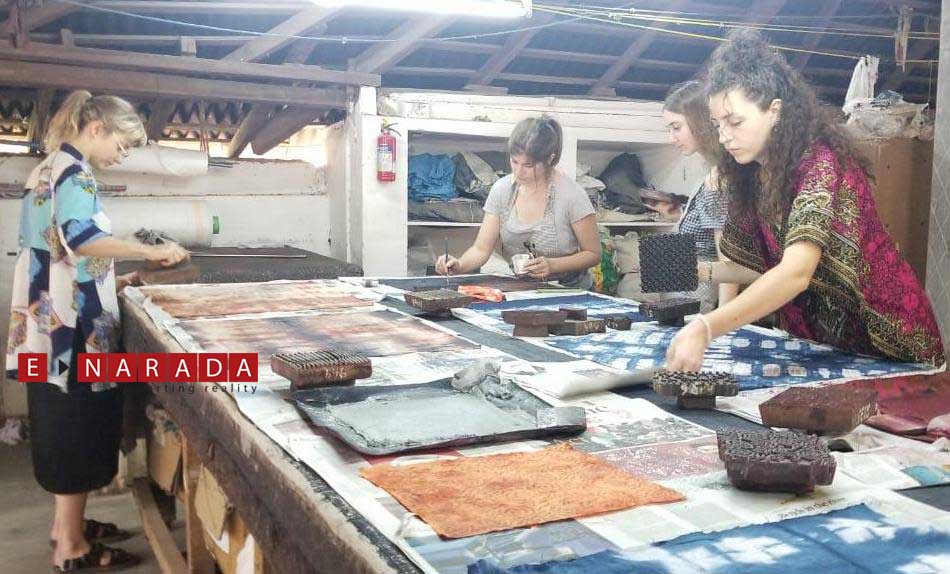Bangalore, June 9, 2013:
Enarada Correspondent:
The human genome mapping that provides insights into past and future certainly has its use in diagnosis and tracing hereditary information. But with technology leapfrogging and scientists across the globe experimenting on DNA sequencing can lead to a situation where our ancestry could be traced to a virus or bacteria.
During an interactive talk on “Ancient life, artificial life, and learning to live in a ‘post-natural’ world”, by Mukund Tattai, Researcher and faculty member at National Centre for Biological Sciences, presented a situation where a human-being’s ancestry can be traced to a bacterium after 100 years. The talk held at Jagriti, a theatre space, on Sunday, June 9, was part of a series “Close Encounters” that brings together experts in the field and civil society to engage with each other.
DNA sequencing is a process of determining the sequence of four bases adenine, guanine, cytosine, and thymine in a strand of DNA. Every cell has particular sequence of these bases called nucleotides. One can identify the type of cell, organ based on the sequencing of these nucleotides. “Scientists have done research in mixing of human and animal DNA. A gene sequence of bacteria can be constructed and used in a human cell which exhibits characteristics of the gene. It is a possibility today,” said Tattai who has conducted such experiments.
Human genome mapping done today creates a sequence of a human-being that suggests what kind of disease the person is prone to in future. Recently Hollywood actress stated that she underwent pre-emptive double-mastectomy as she was predicted to be prone to breast cancer.
“We could not imagine or predict that technology could develop at such a rapid rate 20 years ago,” Tattai said. Going by the present day developments, a gene can be traced to an ancestry. Recently the skeletal remains found in car parking in Leicester in United Kingdom were traced to Richard III, King of England in 13th century. This means that the ancestry can be traced through genes. “However 100 years from now that might not happen due to the mixing of genes of human-being and bacteria. A situation will arise where we will trace our ancestry to bacteria,” Tattai said.
This initiative of Close Encounters is brainchild of theatre personality Jagadish Raja, who is also a founder of Jagriti theatre. “Usually theatres become mausoleums during the day and come alive only when plays are happening. At Jagriti, which means awakening, we want to create awareness through interactive programmes and this is one such initiative,” Raja said. This fortnightly programme began in April and ends in June.






The article makes no sense, please send a report with a SCIENCE background to cover these events, thank you.